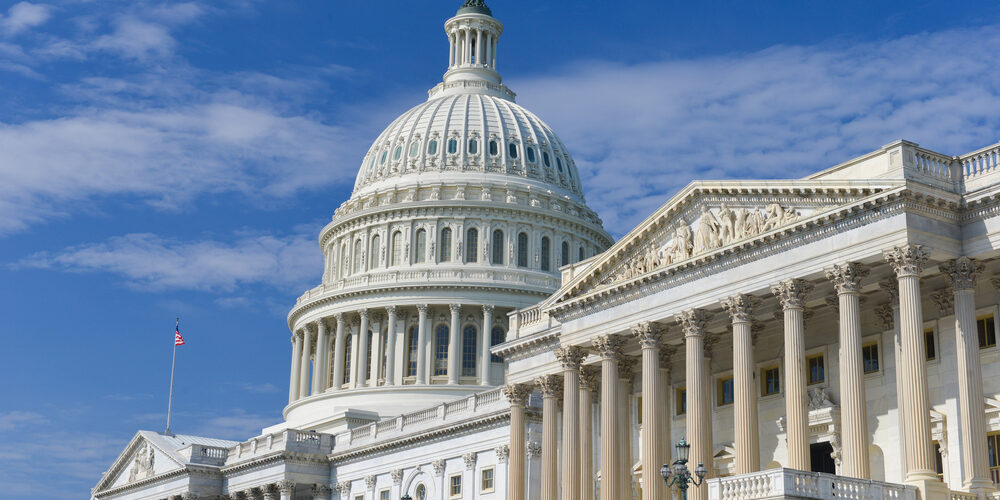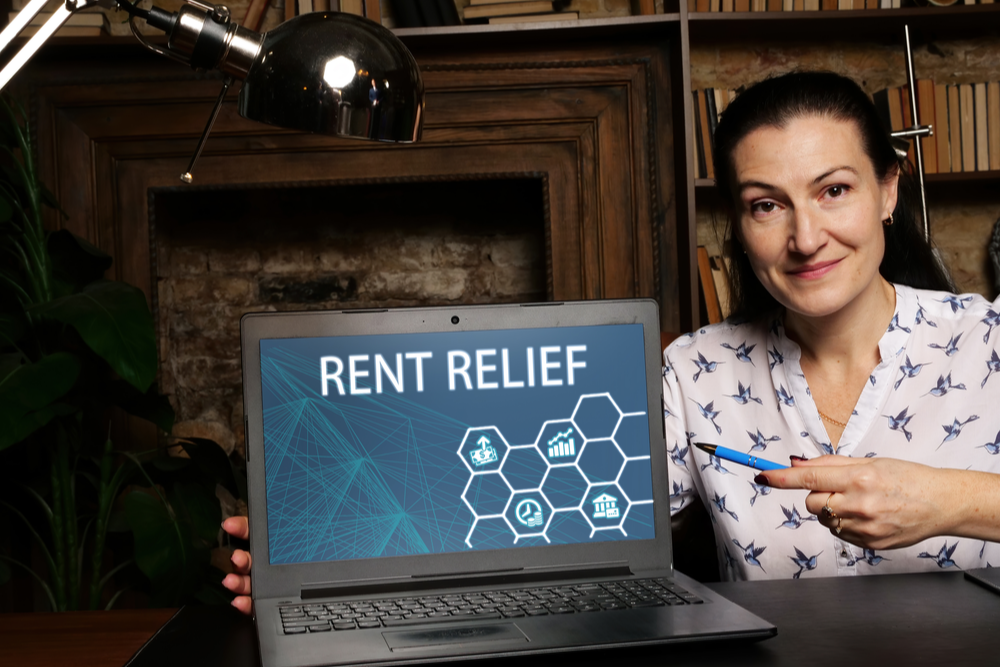- Section 8
It seems as if the cost of rent keeps going up, making it impossible for many low-income families to pay their landlords on time each month. That’s where the Section 8 program can come in handy, as the government uses it to issue vouchers to families in need. With those vouchers, you’ll only have to pay a small fraction of your monthly income towards rent, with the government picking up the rest of the tab.
You can use Section 8 to live all across the country and in the type of housing you desire. Instead of being limited to a small apartment, for example, you could use your Section 8 voucher to move into a townhouse or even a single-family home.
While Section 8 makes rent more affordable, you could even buy a home with assistance from the government to become your own landlord. To learn more about these housing assistance programs, contact your local Public Housing Agency.
- SNAP
The Supplemental Nutrition Assistance Program (also referred to as SNAP or food stamps) can give you an EBT card that gets loaded with funds each month to buy food. To qualify, you’ll need to meet specific income requirements for your area. Once accepted into SNAP, your household size and income will determine how much grocery money you get monthly.
To get started with food stamps, apply via your local SNAP office.
- WIC
You can use your SNAP EBT card to buy groceries for your entire family. WIC, on the other hand, helps supply healthy food to women, infants, and children. If you’re pregnant or breastfeeding or have kids younger than five years old, you apply to this program so you can buy essentials like baby formula, fruits, veggies, milk, and more.
- Medicaid
You can get free or low-cost health coverage from the government via Medicaid. Over 70 million people use this program, which covers qualifying adults, children, pregnant women, and people with disabilities. You can find your state’s Medicaid agency here.
- Head Start
It can be tough to fix your finances if you can’t get a job because the cost of childcare is too high. With the Head Start program, children under five from low-income households can receive free educational services, nutritious meals, health screenings, healthcare, and more. You can find your local Head Start Center by visiting this link.
- Other Child Care Resources
By visiting Childcare.gov, you can find childcare resources in your state. This can help if you need support for kids with special needs, financial assistance, health and social services, and more.
- TANF
While the government assistance programs above tackle specific issues many low-income families face, sometimes a cash infusion could be all you need to get back on your feet. With Temporary Assistance for Needy Families, you can get cash every month to help pay your bills until you become financially independent.




